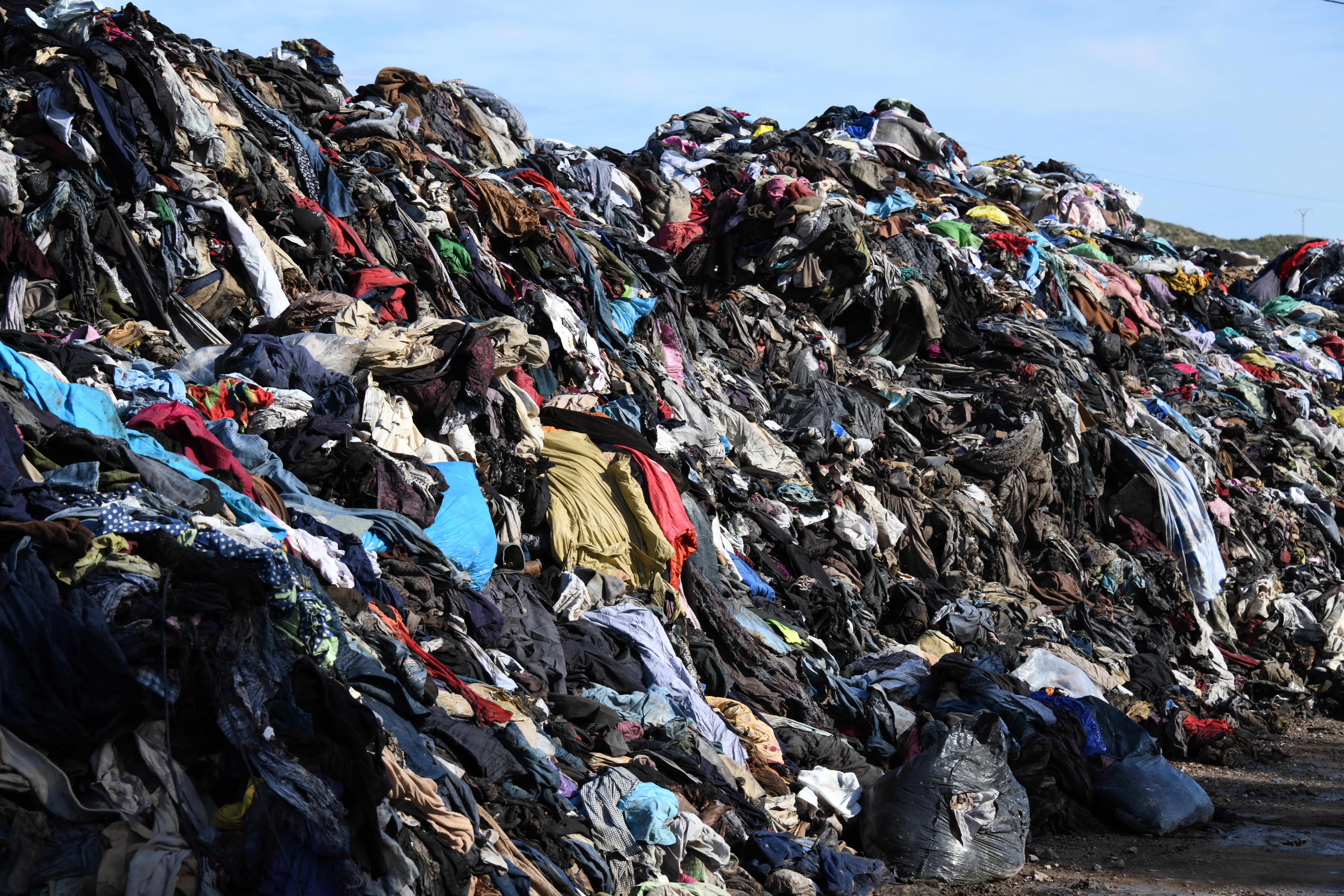The first study to quantify the environmental impacts of toxic “forever chemicals” on a global scale has found that much of the globe’s source water, which has not been treated for drinking, is more contaminated than suspected.
Toxic “forever chemicals”, which do not degrade, are otherwise known as per- and poly-fluoroalkyl substances (PFAS for short). They have been popular since the 1950s and now there are over 14,000 human-made chemicals that have been used in coatings and products that are resistant to stains, heat, oil, grease, and water.
But while you may think they are limited to things like pots and pans, PFAS are also present in other products. This includes clothing, furniture, adhesives, food packaging, cooking surfaces, the insulation on electrical wires, and firefighting foams. PFAS have also been found in supposedly biodegradable products, such as paper straws.
In recent years, we have become aware of the potential threat these chemicals pose to both our health and to the environment. Studies have found potential links between exposure to PFAS and the development of various adverse health outcomes, including altered metabolism, body weight regulation, impaired kidney function, thyroid disease, altered sex hormone levels, and the development of various cancers – liver, kidney, and testicular.
Although, there are issues here. While PFAS have indeed been linked to these health outcomes, they have not yet been shown to cause them. Nevertheless, the growing evidence has led many regulators from across the world to start tightening restrictions on their use, though to different extents.
But despite this research, there are still many things we do not know about the scale or the nature of this threat. We don’t even know how much of these chemicals are present in our water supplies.
However, a new international study led by researchers from the University of New South Wales Sydney has found that much of the global source water exceeds PFAS safe drinking limits.

Firefighter’s foam has been found to be a serious contributor of PFAS, which linger in the environment long after their use.
Image credit: TheoBox/Shutterstock.com
“Many of our source waters are above PFAS regulatory limits,” senior author of the study Professor Denis O’Carroll said in a statement.
“We already knew that PFAS is pervasive in the environment, but I was surprised to find out the large fraction of source waters that are above drinking water advisory recommendations,” he said. “We’re talking above 5 per cent, and it goes over 50 per cent in some cases.”
Using various sources, including government reports, databases, and peer-reviewed literature from across the world, the team were able to create more than 45,000 data points spanning 20 years.
Despite the worrying results, O’Carroll stressed that these PFAS traces were found in source water, such as dams, and not drinking water. The latter goes through treatment plants that purify water for consumption. Some of these facilities are even designed to reduce the amount of chemicals like PFAS before the water reaches our taps.
However, not all water providers routinely measure the broad range of PFAS potentially in our water.
“Drinking water is largely safe, and I don’t hesitate drinking it,” O’Carroll added. “I also don’t suggest that bottled water is better, because it doesn’t mean that they’ve done anything differently than what comes out of the tap.”
“But I certainly think that monitoring PFAS levels and making the data easily available is worthwhile.”
The study also found high concentrations of PFAS in Australia, especially in areas where firefighting foams had been used in the past. These included military institutions and fire training facilities.
Regulations from across the world
Although many countries are now regulating the use of PFAS, there is no single standard shared by everyone across the world. For instance, for the last 20 years, two forms of PFAS – PFOS and PFOA – have commonly been controlled, but not to the same extent.
“These chemicals are regulated to different extents around the world. In the US, the proposed drinking water limits for PFOS and PFOA are four nanograms per litre,” O’Carroll explained.
In Australia, a third chemical – PFHxS – is also regulated, and the sum of PFOS and PFHxS is limited to 70 nanograms per liter. This is well above the US’s 4 nanograms per liter combined PFOS and PFOA limit.
In contrast, Canada tallies up the sum of all PFAS and limits the overall number to 30 nanograms per liter.
According to this study’s results, 69 percent of global groundwater samples with no known contamination source exceeded Canada’s safe drinking water limits. Thirty-two percent of the same samples exceeded the US’s drinking water hazard index.

Other than nonstick kitchen products, clothes, cosmetics, and other objects have high levels of PFAS that can make their way into our systems or into the environment.
Image credit: Ernest Rose/Shutterstock.com
Ultimately, it seems the world’s water resources could be more contaminated than previously suspected, mostly because of differences in how regulators approach the different types of PFAS out there.
“There’s a real unknown amount of PFAS that we’re not measuring in the environment,” said O’Carroll. “Commercial products like garments and food packaging have a lot more PFAS in them than we realise.”
“This means we’re likely underestimating the environmental burden posed by PFAS.”
O’Carroll and colleagues are now trying to expand their research to quantify the levels of PFAS created by commercial products and their presence in the environment. In addition, they are hoping to develop technologies to degrade PFAS in drinking water systems and to find ways to predict where the chemicals will go in the environment.
The study is published in Nature Geoscience.
Source Link: Toxic "Forever Chemicals" Contaminate Much Of Earth's Water, Says World-First Study